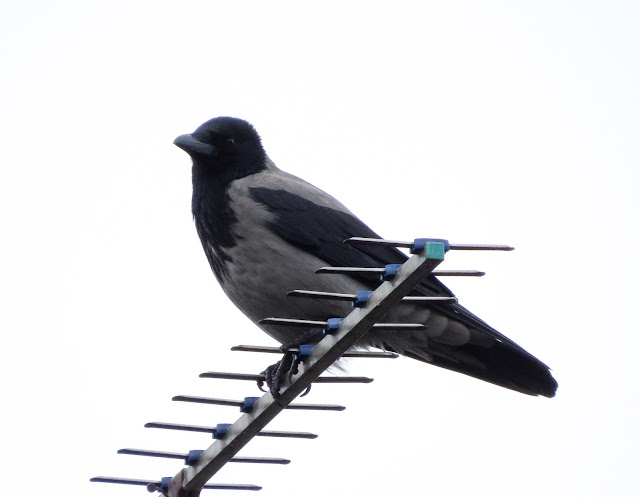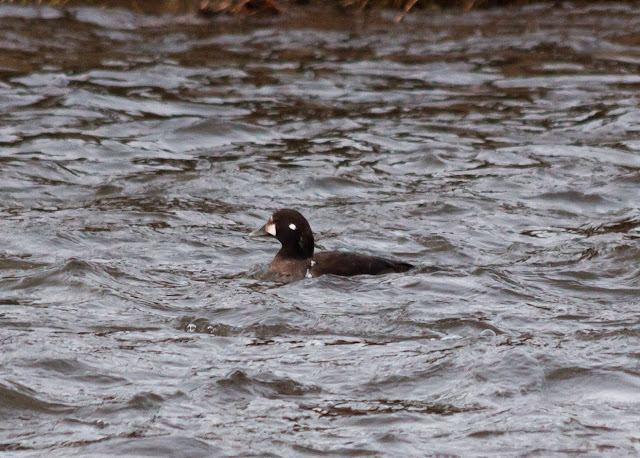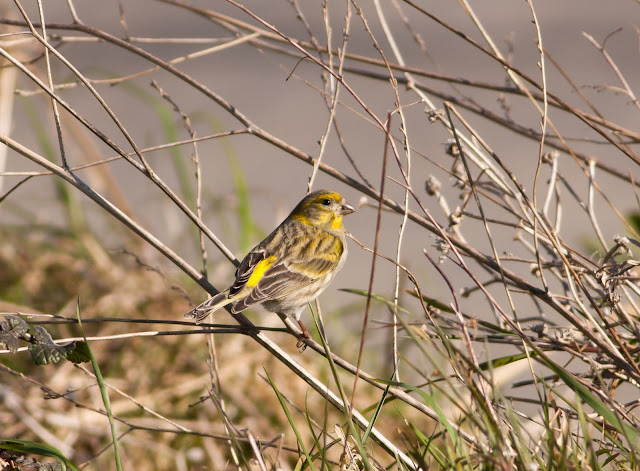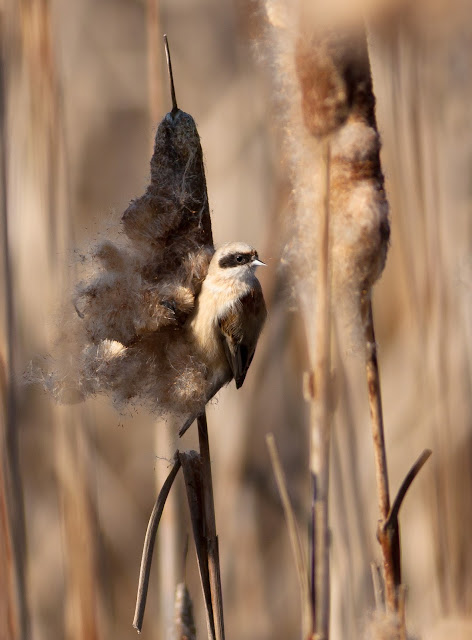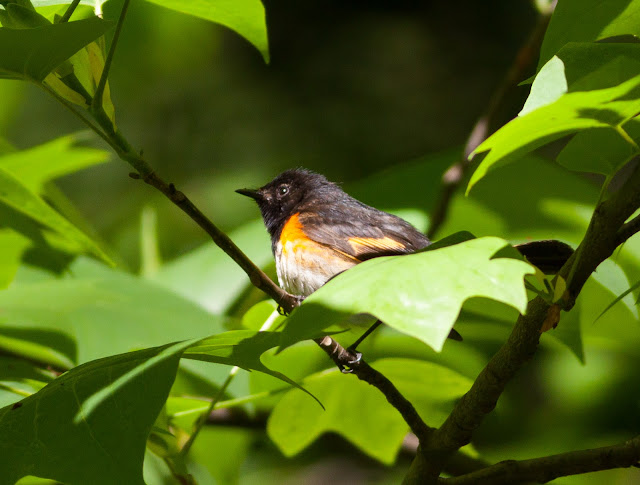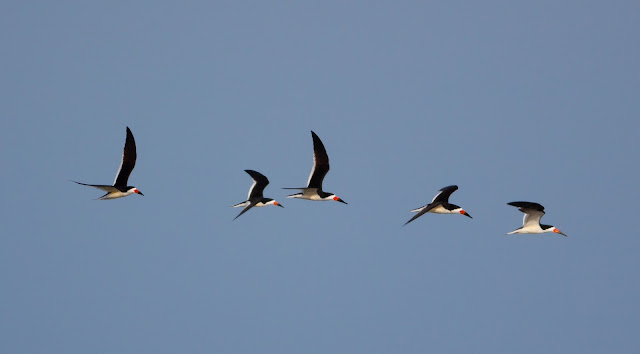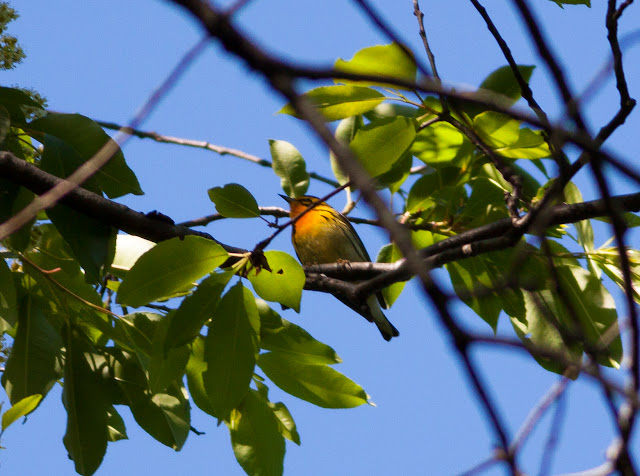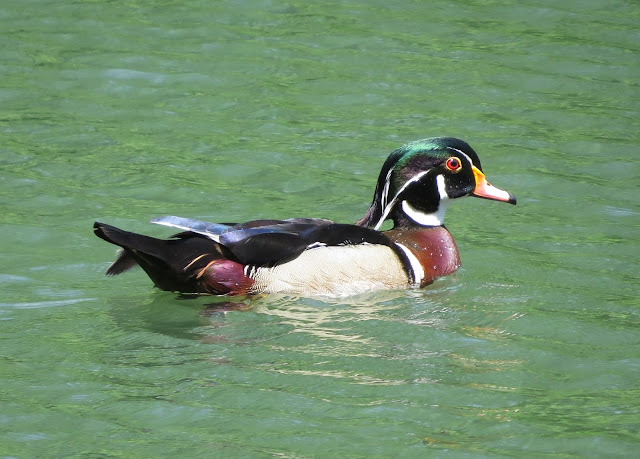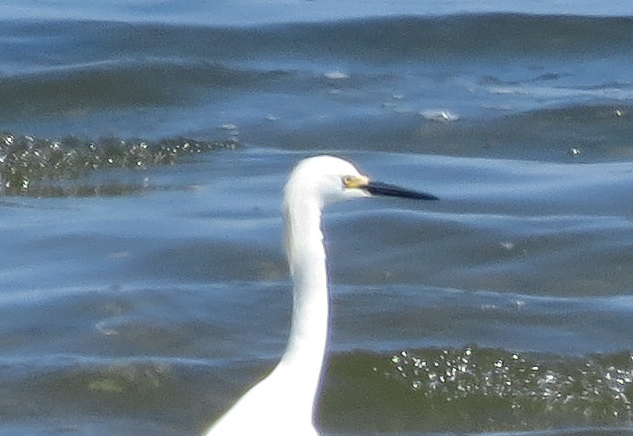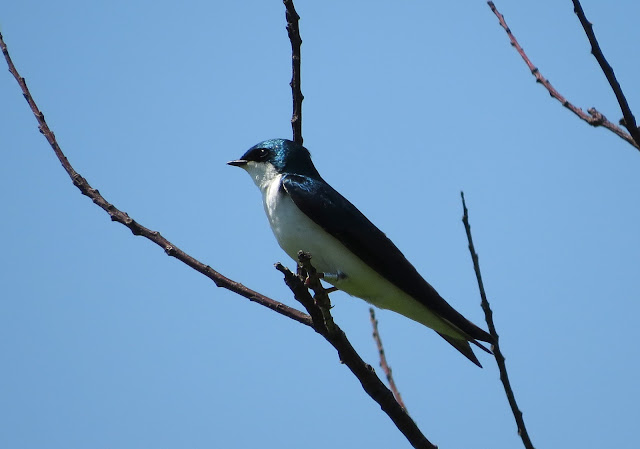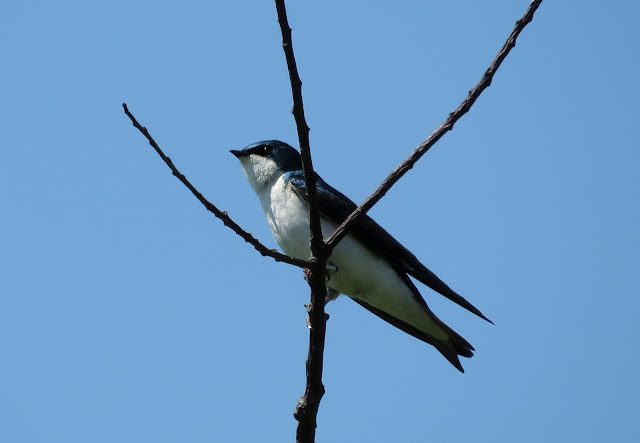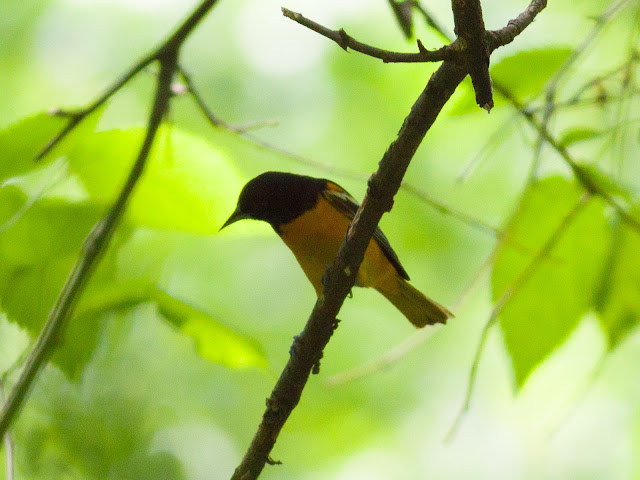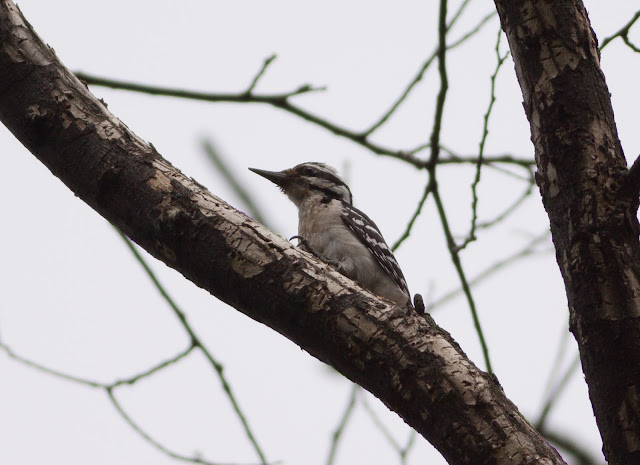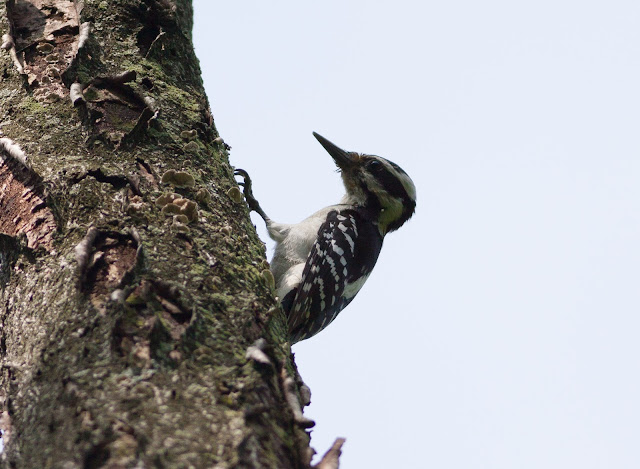Day 1 – Central Park
American Robin
– 21st May – Central Park
(Near entrance on south side). Numerous throughout
Blue Jay – 21st
May – Central Park (Near West Drive).
Numerous throughout
Northern Cardinal
– 21st May – Central Park
(Near Umpire Rock). Numerous throughout
Baltimore Oriole
– 21st May – Central Park
(Near Umpire Rock). Plentiful
Chipping Sparrow
– 21st May – Central Park
(Near Umpire Rock). A handful seen
Swainson’s Thrush
– 21st May – Central Park
(Near Umpire Rock). Plentiful
Cedar Waxwing
– 21st May – Central Park
(Near the terrace). Numerous throughout
House Finch –
21st May – Central Park (On
the path towards Bethesda fountain). Male showing well and gathering nesting
material. 5 seen in total – all males.
Chimney Swift
– 21st May – Central Park
(Flying overhead). Numerous throughout
Cape May Warbler
– 21st May – Central Park
(In pines near East Drive). Female feeding in pines. Only one of the trip.
Magnolia Warbler
– 21st May – Central Park
(In pines near East Drive). Male feeding in pines. All males seen – plentiful.
Warbling Vireo
– 21st May – Central Park
(In trees near East Drive). Two singing in trees behind the path. Several
individuals seen throughout.
Common Grackle
– 21st May – Central Park
(On field near East Drive). Numerous throughout
Mourning Dove
– 21st May – Central Park
(In trees near East Drive). Numerous throughout
Downy Woodpecker
– 21st May – Central Park
(In tree next to the lake). Several seen throughout
Blackpoll Warbler
– 21st May – Central Park
(In trees at front of lake path). Males and females seen – plentiful.
Gray Catbird –
21st May – Central Park (In
flight near the lake). Numerous throughout
Song Sparrow –
21st May – Central Park (On
grassy patch by the lake). A few seen throughout.
Red-winged
Blackbird – 21st May – Central
Park (Flying near the lake). Numerous throughout
Common
Yellowthroat – 21st May – Central Park (Under trees near Robert Wagner Cove). Males and females
seen – numerous.
White-throated
Sparrow – 21st May – Central
Park (Near lakeside edge of Robert Wagner Cove). One of two seen on the trip.
Swamp Sparrow
– 21st May – Central Park
(Near lakeside edge of Robert Wagner Cove). One of two seen on the trip.
Canada Warbler
– 21st May – Central Park
(In trees at edge of lake near the ladies pavilion). One of three seen on the
trip.
Chestnut-sided
Warbler – 21st May – Central
Park (In trees at edge of lake near the ladies pavilion). One of three seen on
the trip – males and female seen.
Northern Flicker
– 21st May – Central Park
(The Ramble). One of several seen throughout.
Ovenbird – 21st
May – Central Park (The Ramble). One
of four seen on the trip.
Red-tailed Hawk
– 21st May – Central Park
(The Ramble). One of several seen throughout.
Also: House Sparrow,
Starling, Canada Goose, Feral Pigeon
 |
| Magnolia Warbler |
